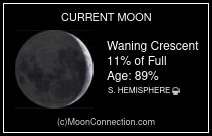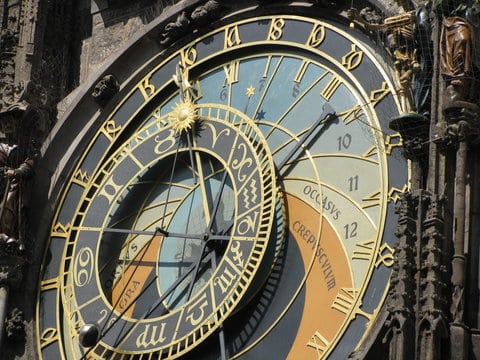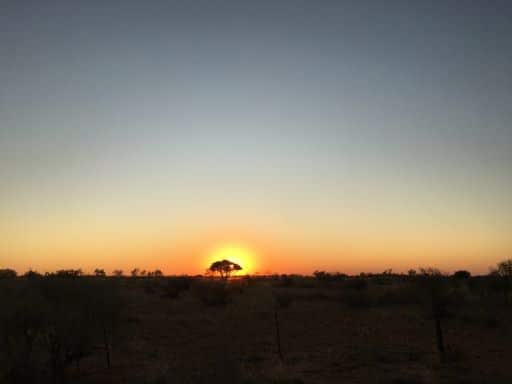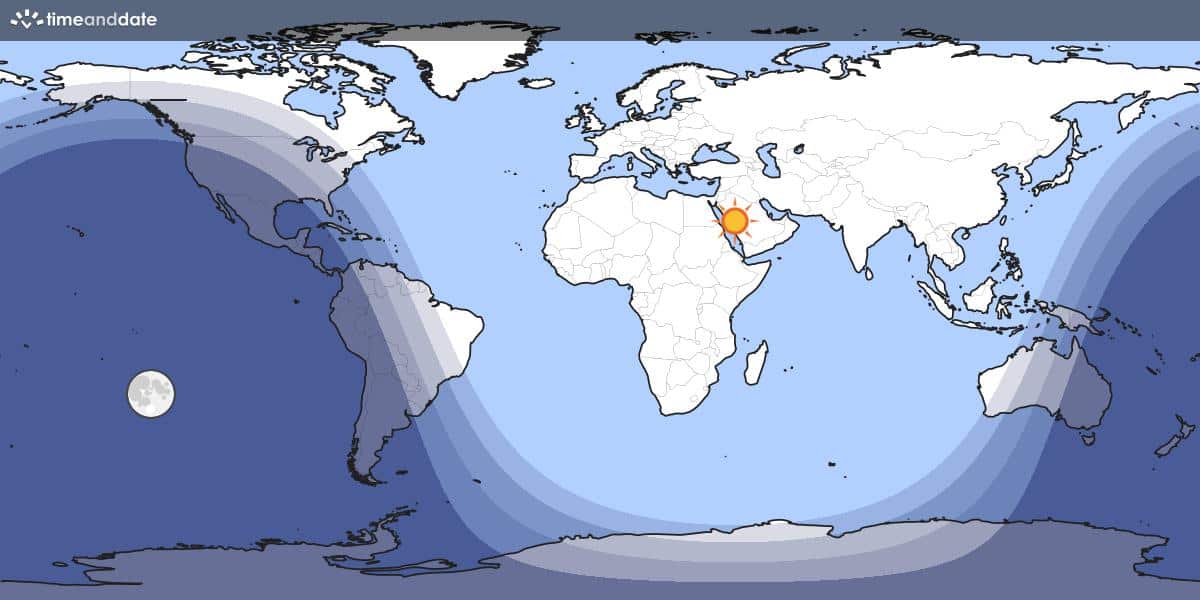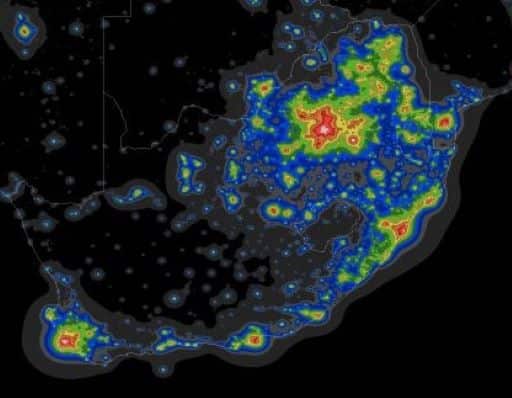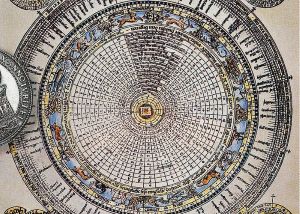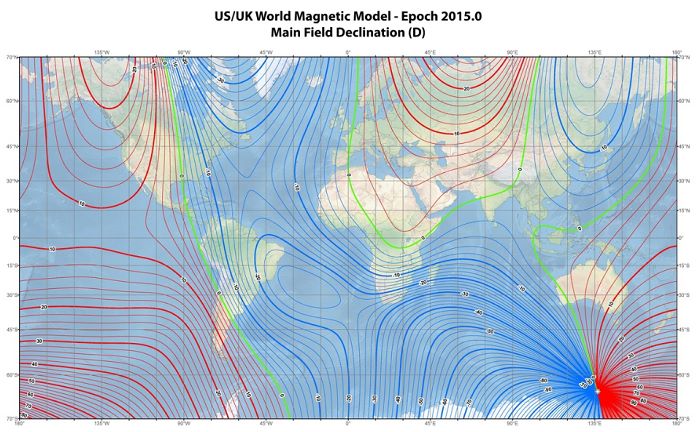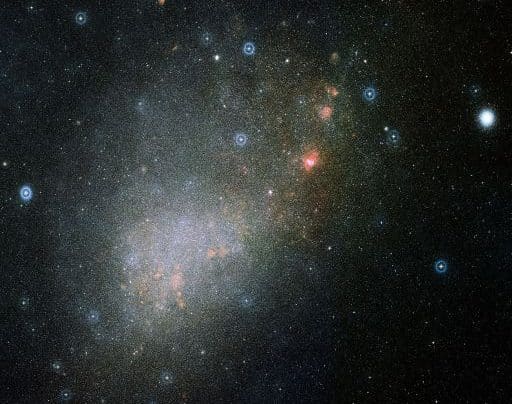Nicolas-Louis de Lacaille:
On the nebulous Stars of the Southern Sky (1775)
Nicolas-Louis de Lacaille (1713-1762) was one of the greatest and most meticulous observational astronomers of all time, and his astronomical achievement was prodigious. His achievements during his two years at the Cape of Good Hope (1751-1753) alone were incredible, among which was his fabulous 1775 catalogue Sur les Étoiles Nébuleuses du Ciel Austral (On the nebulous Stars of the Southern Sky) which he published in the Memoirs of the Academie des Sciences.

The famous portrait of Lacaille painted by Anne-Louise Le Jeuneux, 1762
In the catalogue he divided the 42 nebulous objects into three types: ‘Nebulosities not accompanied by stars’, ‘Nebulosities due to clusters’, and ‘Stars accompanied by nebulosity’. There are 14 objects in each part. Today the objects are classified as 23 open clusters, 7 globular clusters, 4 diffuse nebulae, and one galaxy. The other 7 objects are asterisms or stars. (Interestingly, Messier later included seven of Lacaille’s objects in his famous catalogue – namely, M4, M6, M7, M8, M22, M55 and M83.) And talking of M83, among his exceptional discoveries perhaps the most exceptional is M83 – the first galaxy beyond the Local Group to be discovered.
In his report to the Academie des Sciences, Lacaille wrote: “I have found a large number of these three types of nebulae in the southern part of the sky, but I do not flatter myself to think that I have observed them all, especially those of the first and third classes, because they can scarcely be seen out of the twilight and in the absence of the moon. However, believe that the list here is passably complete in regard to the more outstanding in these three classes.”
In the same report he also wrote: “The Stars that are called nebulous offer to the eyes of Observers a spectacle so varied that their exact and detailed description could occupy an Astronomer for a long time and cause philosophers to make curious reflections. As strange are those nebulae we can see in Europe, those which are in the vicinity of the southern Pole concede them nothing, either in number or form. I am going to outline here an account and a list: this essay may help those who have the equipment and leisure to study them with long telescopes. I would greatly wished to give something more detailed and instructive for this article, but, other than ordinary telescopes of 15 to 18 feet focal length, those I had at the Cape of Good Hope were not adequate or convenient for this kind of research. Those who would take the trouble to examine what occupied me during my visit to that country will easily see that I did not have time to make these kinds of observations.”
Class I: “List of nebulae of the first class”
… “Nebulosities not accompanied by any star visible in a telescope of two feet. … It is possible that each of these nebulae may really be a faint comet; time did not allow me to decide, by searching the sky, to see if they remained always in the same place.”
Lacaille I.1 (Tucana)
NGC 104; 47 Tuc
Globular Cluster
RA: 00 24 05.3 Dec: -72 04 53
Mag: 4.0
Size: 30.9′
Note: It resembles the nucleus of a fairly bright small comet.
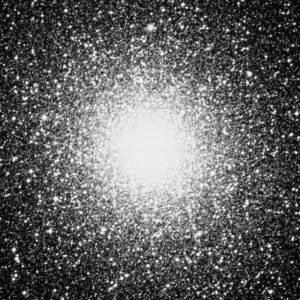
Lacaille I.1
Lacaille I.2 (Dorado)
NGC 2070; Tarantula Nebula
Bright Nebula
RA: 05 38 42.0 Dec: -69 06 00
Mag: 7.3
Size: 40′x25′
Note: It resembles the preceding, but it is fainter.
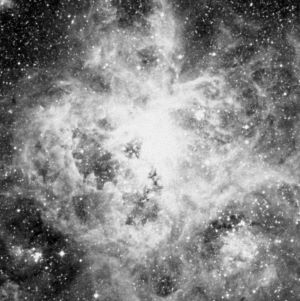
Lacaille I.2
Lacaille I.3 (Puppis)
NGC 2477
Open cluster
RA: 07 52 11.0 Dec: -38 32 13
Mag: 5.8
Size: 27′
Note: Large nebulosity of 15′ to 20′ in diameter.
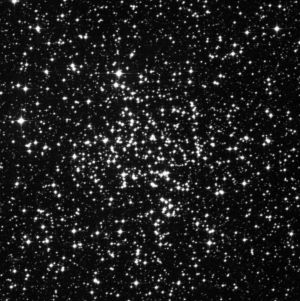
Lacaille I.3
Lacaille I.4 (Musca)
NGC 4833
Globular Cluster
RA: 12 59 33.9 Dec: -70 52 35
Mag: 6.9
Size: 13.5′
Note: It resembles a small comet, faint.

Lacaille I.4
Lacaille I.5 (Centaurus)
NGC 5139; Omega Centauri
Globular cluster
RA: 13 26 47.28 Dec: -47 28 46.1
Mag: 3.7
Size: 36.3′
Note: Nebula in Centaurus; it appears to the naked eye like a third magnitude star seen through a thin mist, and in the telescope, like a large, ill-defined comet.
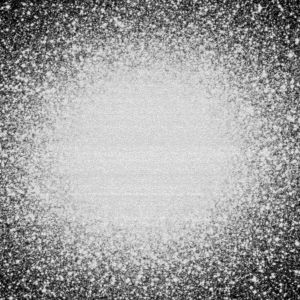
Lacaille 1.5
Lacaille I.6 (Hydra)
NGC 5236; M83
Galaxy
RA: 13 37 00.9 Dec: -29 51 56
Mag: 7.6
Size: 11.0′x10.0′
Note: Small, formless nebulosity.
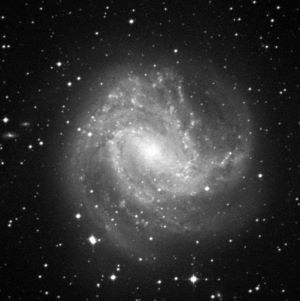
Lacaille 1.6
Lacaille I.7 (Centaurus)
NGC 5281
Open cluster
RA: 13 46 27.4 Dec: -62 54 58
Mag: 5.9
Size: 5′
Note: Small, confused spot.
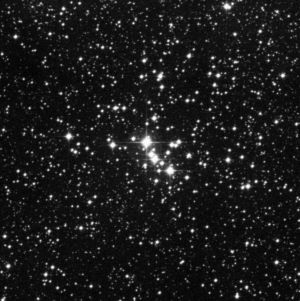
Lacaille I.7
Lacaille I.8 (Scorpius)
NGC 6124
Open cluster
RA: 16 25 19.7 Dec: -40 39 40
Mag: 5.8
Size: 29′
Note: It resembles a fairly large comet without a tail.
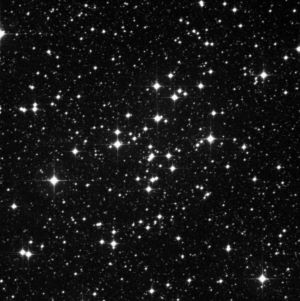
Lacaille 1.8
Lacaille I.9 (Scorpius)
NGC 6121; M4
Globular cluster
RA: 16 23 35.22 Dec: -26 31 32
Mag: 5.9
Size: 26.3′
Note: It resembles a small nucleus of a faint comet.

Lacaille 1.9
Lacaille I.10 (Scorpius)
NGC 6242
Open cluster
RA: 16 55 30.7 Dec: -39 28 26
Mag: 6.4
Size: 9′
Note: Faint patch, oval and elongated.
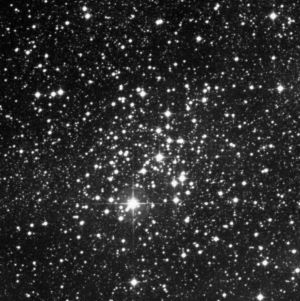
Lacaille I.10
Lacaille I.11 (Scorpius)
NGC 6634 (unknown object)
Asterism – 3 stars
RA: 17 20 50.0 Dec: -35 47 00
Mag: –
Size: –
Note: It resembles a small nucleus of a faint comet.
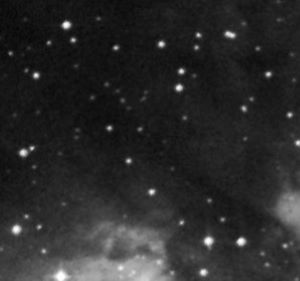
Lacaille I.11
Lacaille I.12 (Sagittarius)
NGC 6656; M22
Globular cluster
RA: 18 36 23.94 Dec: -23 54 17
Mag: 6.5
Size: 24′
Note: It resembles the preceding.
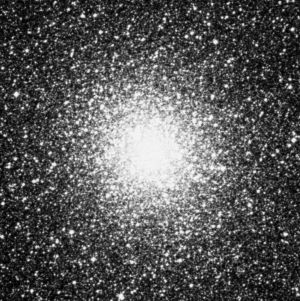
Lacaille I.12
Lacaille I.13 (Pavo)
NGC 6777
Asterism (2 stars mag 8.0 and 8.3)
RA: 19 27 15.0 Dec: -71 34 55
Mag: –
Size: –
Note: It resembles the preceding.
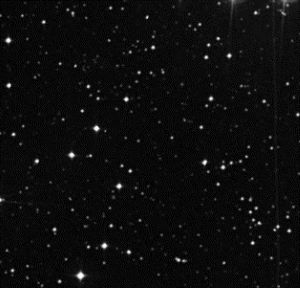
Lacaille 1.13
Lacaille I.14 (Sagittarius)
NGC 6809; M55
Globular cluster
RA: 19 39 59.71 Dec: -30 57 53
Mag: 7.0
Size: 19′
Note: It resembles the faint nucleus of a large comet.
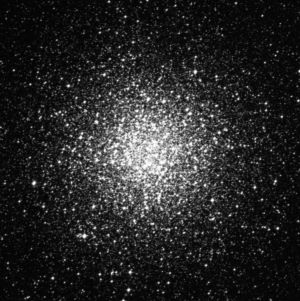
Lacaille 1.14
Class II: “List of nebulous stars in clusters”
… “Stars which are only nebulous in appearance to the naked eye, but when seen in the telescope, show up as a cluster of distinct Stars, although very close to each other.”
Lacaille II.1 (Horologium)
Asterism (12 stars mag 7.5 – 9.5)
RA: 11 22 55 Dec: -58 19 36
Mag: –
Size: –
Note: Seven or eight faint stars compressed in a straight line.
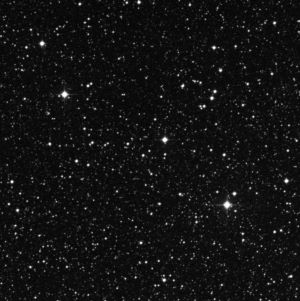
Lacaille II.1
Lacaille II.2 (Canis Major)
Cr 140
Open cluster
RA: 07 23 31.7 Dec: -31 57 58
Mag: –
Size: –
Note: Heap of 8 stars of 6th-7th magnitude, which forms, to the naked eye, a nebulosity in the sky.
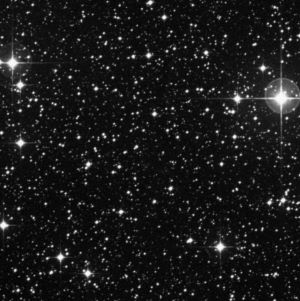
Lacaille 11.2
Lacaille II.3 (Carina)
NGC 2516
Open cluster
RA: 07 58 06.5 Dec: -60 48 00
Mag: 3.8
Size: 30′
Note: Group of 10 to 12 stars, much compressed.
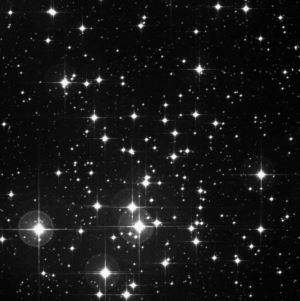
Lacaille 11.3
Lacaille II.4 (Puppis)
NGC 2546
Open cluster
RA: 08 12 19.7 Dec: -37 39 40
Mag: 6.3
Size: 41′
Note: Two neighboring groups of confused stars are seen by the eye but in the telescope they are faint, distinct stars, very numerous and close.
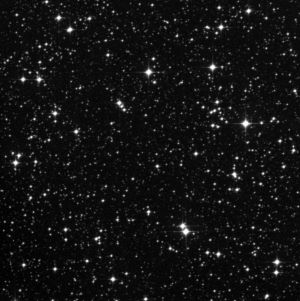
Lacaille II.4
Lacaille II.5 (Vela)
IC 2391
Open cluster
RA: 08 41 10.1 Dec: -52 59 28
Mag: 2.5
Size: 50′
Note: Small heap of stars.
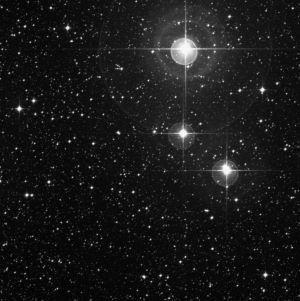
Lacaille 11.5
Lacaille II.6 (Vela)
Trumpler 10
Open cluster
RA: 08 47 46.3 Dec: -42 33 58
Mag: 4.6
Size: 15′
Note: Heap of seven or eight stars, slightly compressed.
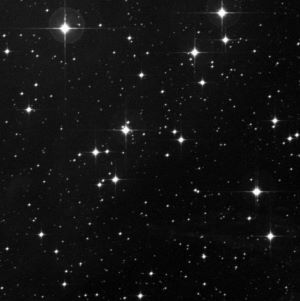
Lacaille 11.6
Lacaille II.7 (Vela)
NGC 3228
Open cluster
RA: 10 21 30.7 Dec: -51 48 50
Mag: 6.0
Size: 18′
Note: Heap of four or five stars, very small and compressed.
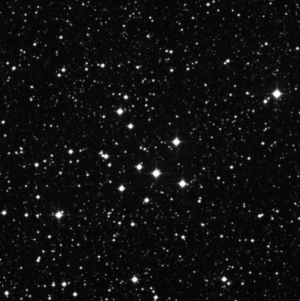
Lacaille 11.7
Lacaille II.8 (Carina)
NGC 3293, Gem Cluster
Open cluster
RA: 10 21 30.7 Dec: -51 48 50
Mag: 4.7
Size: 6′
Note: Small heap of four faint stars forming a lozenge.
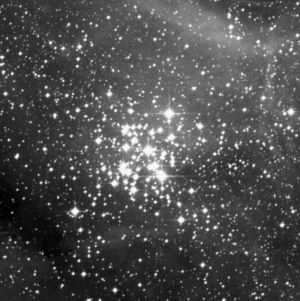
Lacaille 11.8
Lacaille II.9 (Carina)
IC 2602; Southern Pleiades
Open cluster
RA: 10 42 27.1 Dec: -64 25 34
Mag: 4.7
Size: 6′
Note: Small heap of four faint stars forming a lozenge.
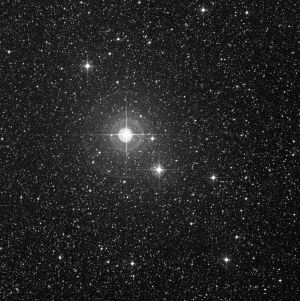
Lacaille II.9
Lacaille II.10 (Carina)
NGC 3532, Pincushion Cluster
Open cluster
RA: 11 05 40.1 Dec: -58 42 25
Mag: 3.0
Size: 55′
Note: Prodigious cluster of faint stars, very compressed, filling up in the shape of semi-circle of 20’ to 25’ in diameter.
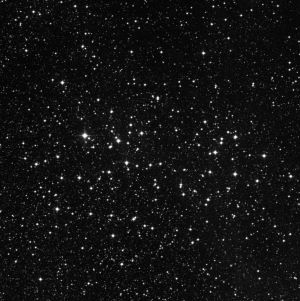
Lacaille II.10
Lacaille II.11 (Centaurus)
Asterism
RA: 11 05 40.1 Dec: -58 42 25
Mag: –
Size: –
Note: Seven or eight faint stars compressed in a straight line.

Lacaille II.11
Lacaille II.12 (Crux)
NGC 4755; Jewel Box
Open cluster
RA: 12 53 39.6 Dec: -60 22 16
Mag: 4.2
Size: 10′
Note: Five or six faint stars between two of sixth magnitude.
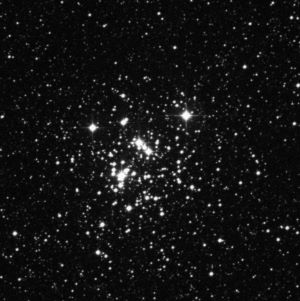
Lacaille II.12
Lacaille II.13 (Scorpius)
NGC 6231
Open cluster
RA: 16 54 08.51 Dec: -41 49 36
Mag: 2.6
Size: 15′
Note: Heap of seven or eight faint compressed stars.
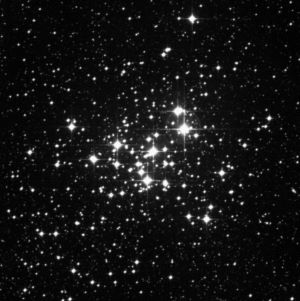
Lacaille II.13
Lacaille II.14 (Scorpius)
NGC 6475; M 7; Ptolemy’s Cluster
Open cluster
RA: 17 53 47.3 Dec: -34 50 28
Mag: 3.5
Size: 80′
Note: Group of 15 or 20 stars, very close together, in the figure of a square.
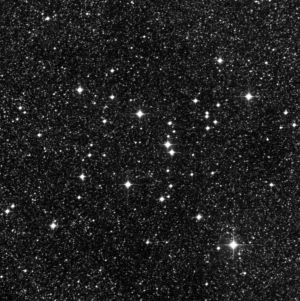
Lacaille II.14
Class III: “List of stars accompanied by nebulosity”
… “stars that are actually accompanied by or surrounded with white patches or by nebulae of the first class.
Lacaille III.1 (Pictor)
HD 32806 = SAO 217150
Star
RA: 05 03 15.7 Dec: -49 29 32
Mag: 7.2
Size: –
Note: Faint star surrounded by a nebulosity
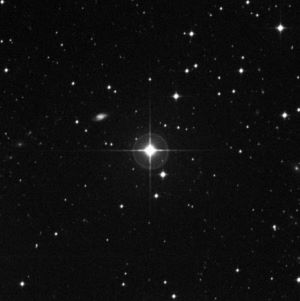
Lacaille III.1
Lacaille III.2 (Vela)
NGC 2547
Open cluster
RA: 08 09 52.3 Dec: -49 10 35
Mag: 4.7
Size: 20′
Note: Five faint stars, in the shape of a T, surrounded by nebulosity.

Lacaille III.2
Lacaille III.3 (Vela)
IC 2395
Open cluster
RA: 08 42 31.0 Dec: -48 06 00
Mag: 4.6
Size: 25′
Note: Star of 6th magnitude, connected to another more southern one by a nebulous trail.
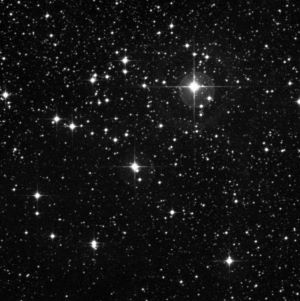
Lacaille III.3
Lacaille III.4 (Vela)
IC 2488
Open cluster
RA: 08 42 31.0 Dec: -48 06 00
Mag: 7.4
Size: 15′
Note: Faint star surrounded by nebulosity.
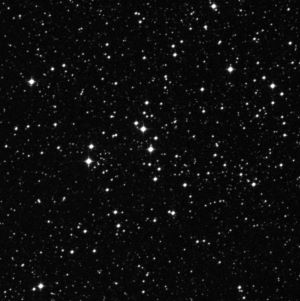
Lacaille III.4
Lacaille III.5 & 6 (Carina)
5 = Cr 228 = open cluster in NGC 3372
6 = NGC 3372; Eta Carinae Nebula
Bright Nebula
RA: 09 27 25.7 Dec: -57 00 14
Mag: –
Size: 120′
Note:
(III.5): Two faint stars surrounded by nebulosity.
(III.6): Large group of a great number of faint stars, a little compressed, and occupying the space of a semi-circle of 15’ to 20’ diameter; with a slight nebulosity spreading in that space.
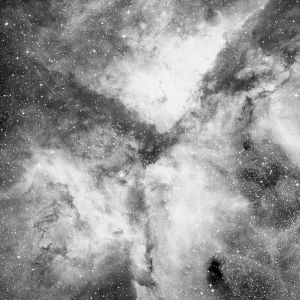
Lacaille III.5 & 6
Lacaille III.7 (Centaurus)
NGC 3766
Open cluster
RA: 11 36 14.6 Dec: -61 36 58
Mag: 5.3
Size: 12′
Note: Three faint stars close together, enveloped in nebulosity.
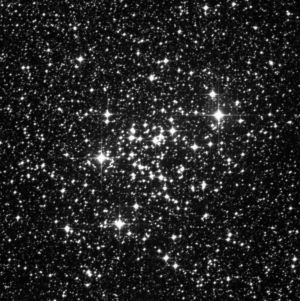
Lacaille III.7
Lacaille III.8 (Centaurus)
NGC 5662
Open cluster
RA: 14 34 56.2 Dec: -56 38 24
Mag: 5.5
Size: 12′
Note: Two faint stars in a nebulosity.
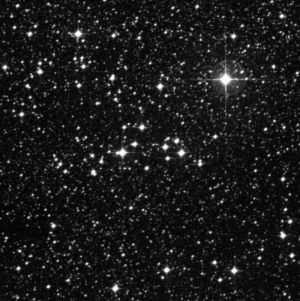
Lacaille III.8
Lacaille III.9 (Circinus)
Asterism (3 stars mag 8.1, 7.6, 7.9)
RA: 15 22 21 Dec: -59 12 17
Mag: –
Size: –
Note: The same [as above].
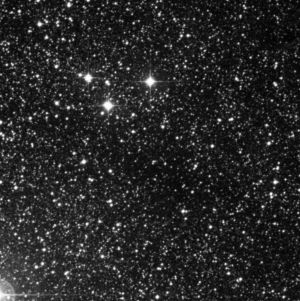
Lacaille III.9
Lacaille III.10 (Triangulum Australe)
NGC 6025
Open cluster
RA: 16 03 07.0 Dec: -60 25 48
Mag: 5.1
Size: 12′
Note: Three faint stars in a straight line, surrounded by nebulosity.
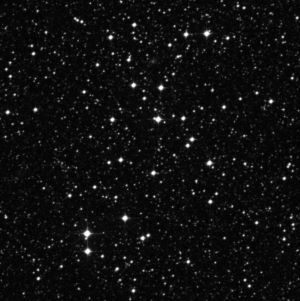
Lacaille III.10
Lacaille III.11 (Ara)
NGC 6397
Globular cluster
RA: 17 40 42.09 Dec: -53 40 27
Mag: 5.7
Size: 25.7′
Note: Faint star enveloped in a nebulosity.
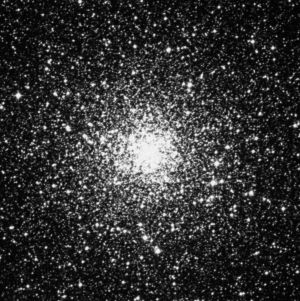
Lacaille III.11
Lacaille III.12 (Scorpius)
NGC 6405; M6; Butterfly Cluster
Open cluster
RA: 17 40 16.6 Dec: -32 14 31
Mag: 4.5
Size: 15′
Note: Unusual cluster of faint stars, disposed in three parallel bands, forming a lozenge of 20′ to 25′ diameter and filled with nebulosity.
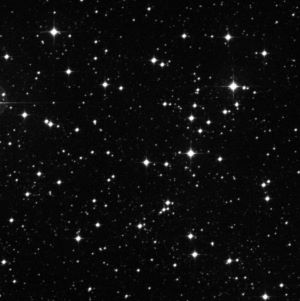
Lacaille III.12
Lacaille III.13 (Sagittarius)
NGC 6523, M8
Bright Nebula
RA: 18 03 12.0 Dec: -24 23 00
Mag: 5
Size: 45′x30′
Note: Three stars enclosed in a trailing nebulosity parallel to the Equator.
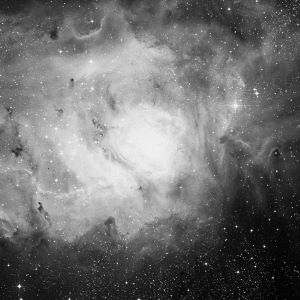
Lacaille III.13
Lacaille III.14 (Indus)
Asterism (3 stars mag 8.4, 8.2, 9.1)
RA: 21 31 27 Dec: -56 55 25
Mag: –
Size: –
Lacaille: Two faint stars surrounded by nebulosity.
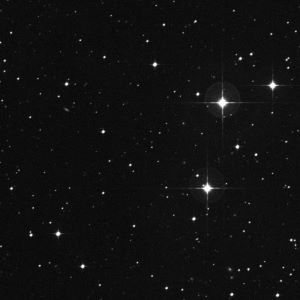
Lacaille III.14




